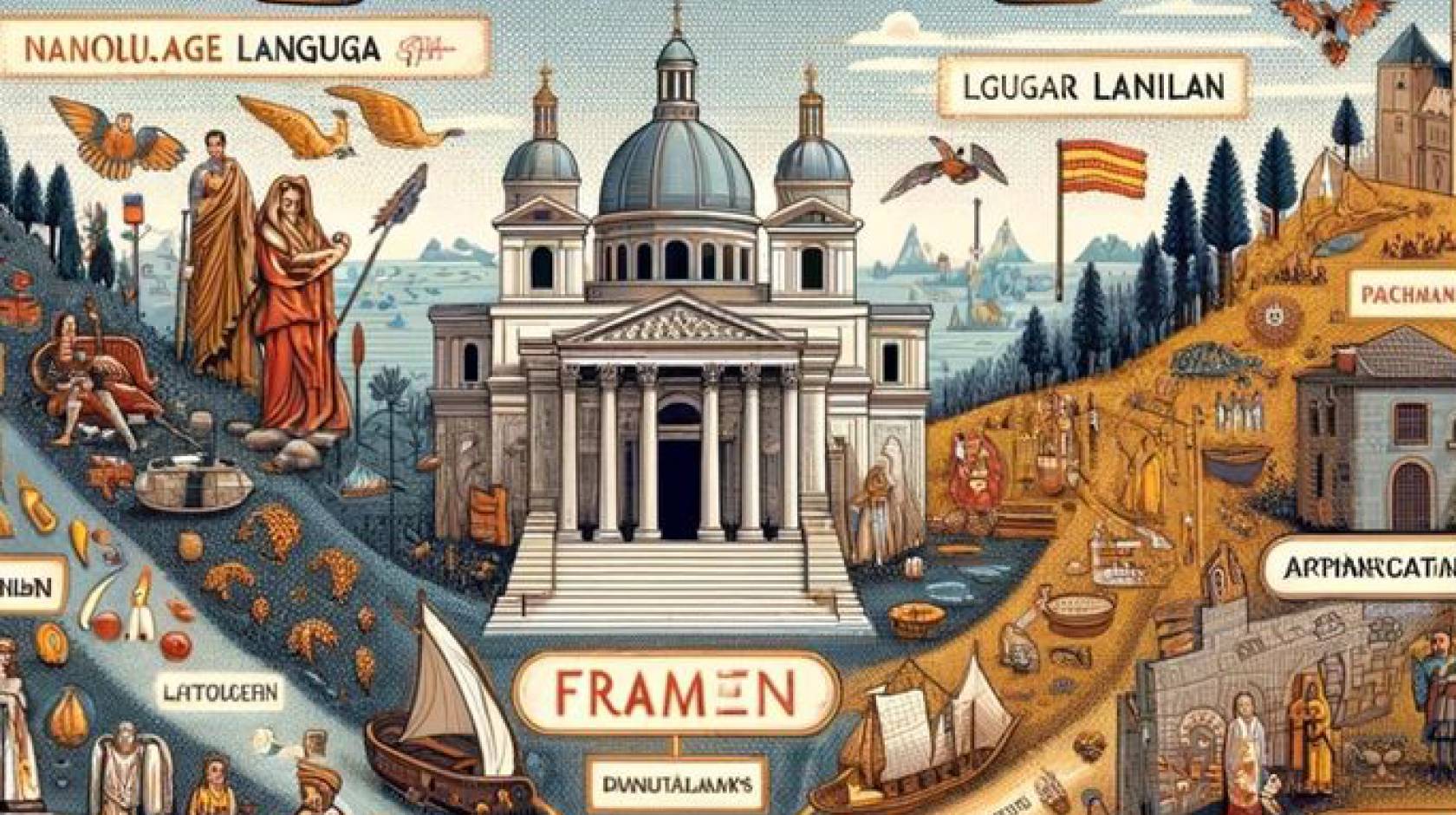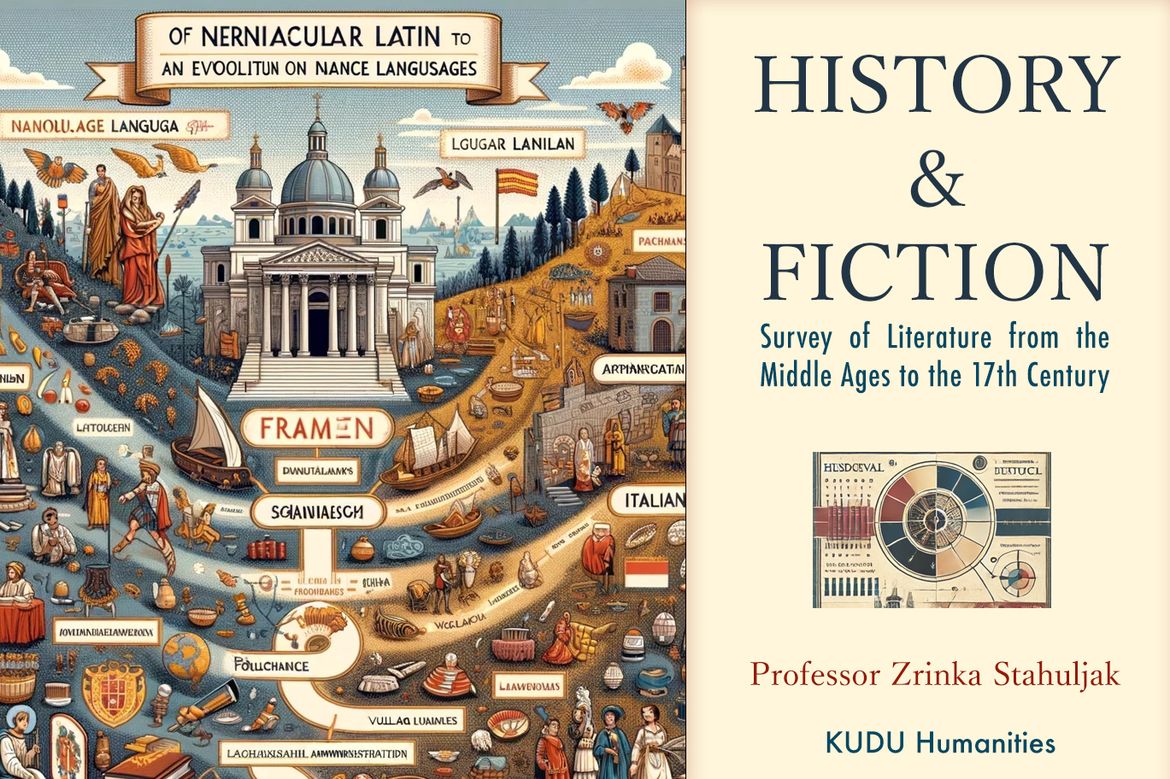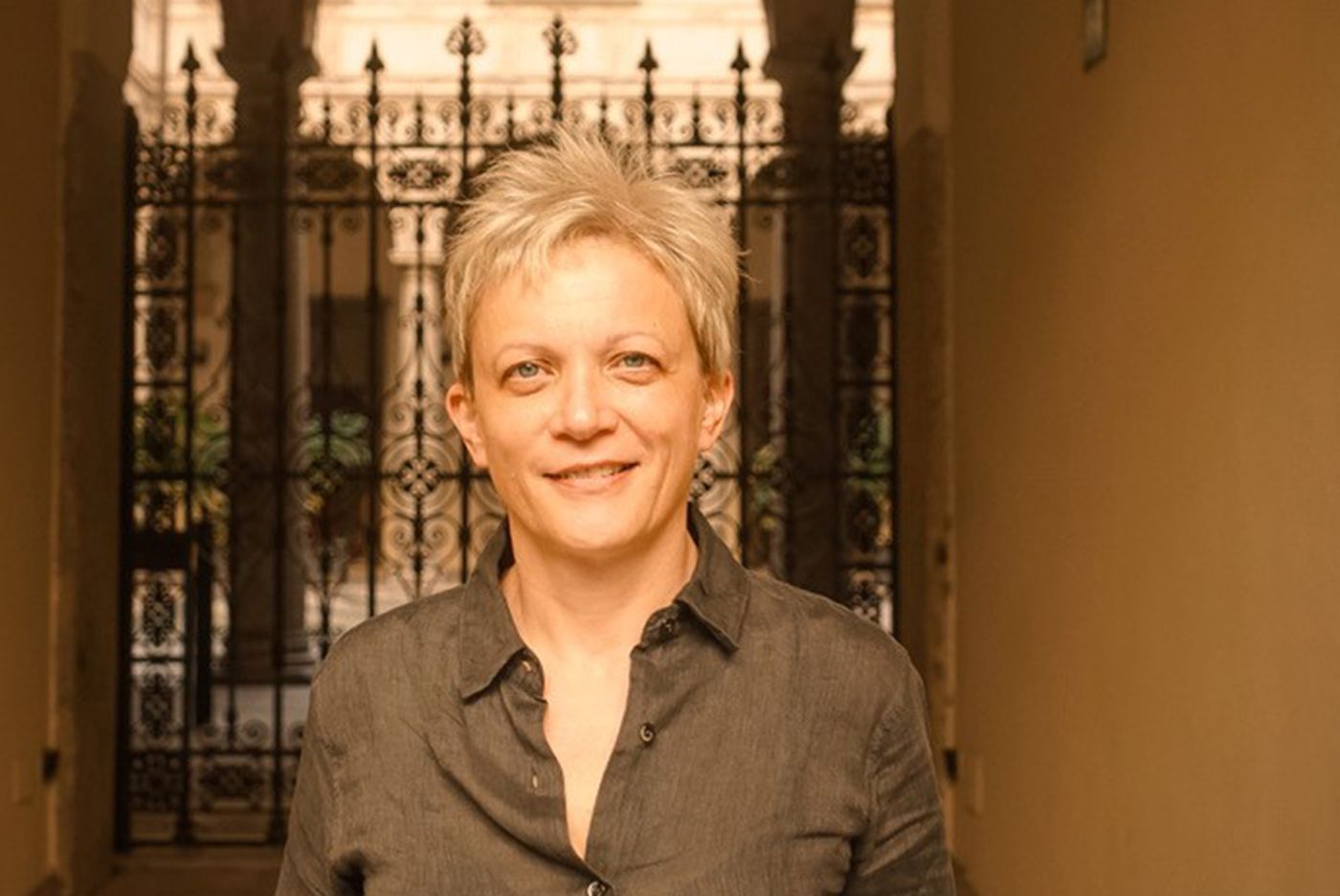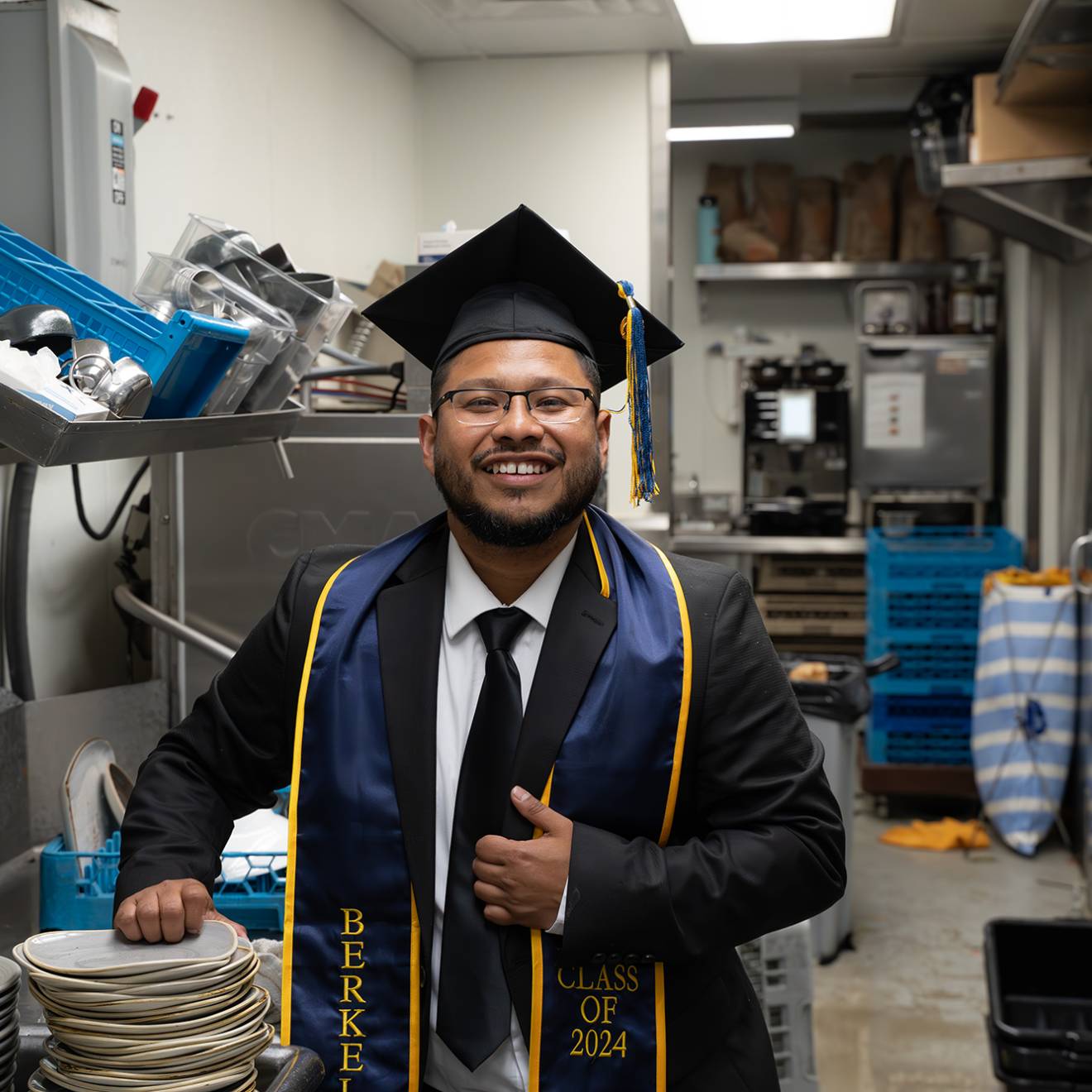Sean Brenner, UCLA

Zrinka Stahuljak’s comparative literature course next quarter will cover much of the same subject matter she has taught in years past: a sweeping survey of writing from the Middle Ages to the 17th century.
But, thanks to AI, the course format and materials will take on a totally new look for 2025.
Comp Lit 2BW will be the first course in the UCLA College Division of Humanities to be built around the Kudu artificial intelligence platform. The textbook: AI-generated. Class assignments: AI-generated. Teaching assistants’ resources: AI-generated.
While that might make it sound like Stahuljak is ceding her wide-ranging expertise to bots, she said the opposite is true. The new technology, she said, will have immediate tangible benefits for her, teaching assistants and — critically — students.
“Because the course is a survey of literature and culture, there’s an arc to what I want students to understand,” said Stahuljak, a professor of comparative literature and of European languages and transcultural studies. “Normally, I would spend lectures contextualizing the material and using visuals to demonstrate the content. But now all of that is in the textbook we generated, and I can actually work with students to read the primary sources and walk them through what it means to analyze and think critically.”
Because Stahuljak can focus on those aspects of teaching during lectures, TAs would in turn be liberated from those tasks and can instead devote more time to helping students with writing assignments — an element of instruction that sometimes receives short shrift in large classes, she said.
Another benefit, Stahuljak said, is that the platform can help professors ensure consistent delivery of course material. Now that her teaching materials are organized into a coherent text, another instructor could lead the course during the quarters when Stahuljak isn’t teaching — and offer students a very similar experience. And with AI-generated lesson plans and writing exercises for TAs, students in each discussion section can be assured they’re receiving comparable instruction to those in other sections.
Building the course
To create the new textbook, Stahuljak provided Kudu with course notes from previous iterations of the class, along with PowerPoint presentations and YouTube videos she self-produced for remote teaching during the COVID-19 pandemic. With significant human input and thorough human review of the material, the Kudu platform produced a digital publication that will be available to students for $25 as part of package that also includes AI tools.

The e-book can also be printed, if needed, and it can be used with audio readers, making content readily accessible for students with disabilities.
Elizabeth Landers, a UCLA doctoral candidate in history, managed the course materials development for Kudu. She said the digital format also enables the textbook to be updated during the quarter if needed — for example, if students request more context about a specific topic, new text, video or images could be uploaded in time for the following class session.
The course creation process can take three to four months, Landers said, and Kudu’s process calls for professors to spend a maximum of 20 hours on materials development, including reviewing and editing. Kudu compensates them for that time. “The rest of the process is managed by the team at Kudu,” Landers said. “We have all of the backend support to understand where the instructors want to go with the material.”
For the comparative literature course, content was vetted by Stahuljak and Jakob Johnson, a history major who graduated in 2024.
“What’s amazing is that this takes a general education course from being about information overload to being much more about helping students find a through line and key themes over the course of 10 weeks,” Landers said. “Now, instead of a professor lecturing about historical facts — because those are all in the textbook — they can instead focus on things like, ‘How do we think about this particular text?’ and ‘How can we think about it differently?’ And that’s how critical thinking starts to happen.”
Closed-loop system provides guardrails
When students have questions about course material, they’ll have the option of asking Kudu for help. But unlike ChatGPT and other public large-language models, Kudu will draw information only from the resources Stahuljak has uploaded.
“It will only respond based on course content,” said Stahuljak, who is the director of the UCLA CMRS Center for Early Global Studies. “So it’s there to help our students, but it also reduces the risk of them using ChatGPT to generate their homework assignments.”
The system anonymizes the content of students’ queries, giving them the freedom to ask questions they might be less inclined to in front of their classmates and professors.
That closed-loop system also has the ability to identify writing in students’ assignments in which more than half of the content is AI-generated.
A UCLA connection
Kudu got its start as a tool for UCLA science courses. That stands to reason: The platform was developed by Alexander Kusenko, a UCLA professor of physics and astronomy, and his former doctoral student Warren Essey. While Stahuljak’s course will be Kudu’s UCLA Humanities debut, the system is already being used this quarter in a social sciences course, an introductory history class taught by Professor Stefania Tutino.
“Coming from a STEM field, I was surprised to see the extensive and sophisticated use of Kudu tools in the humanities,” Kusenko said. “However, now I see that humanities scholars are taking the lead and taking Kudu in an exciting new direction.”
Stahuljak already plans to use Kudu for other courses.
“It allows us to spend more time teaching basic analytical skills, critical thinking and reading skills, in a consistent manner — the things professors are best at doing,” she said. “Those are hard things to do when you have 300 students in a classroom, but this allows us to do them much better.”

Zrinka Stahuljak

